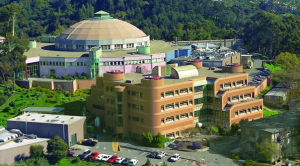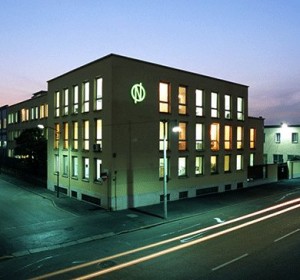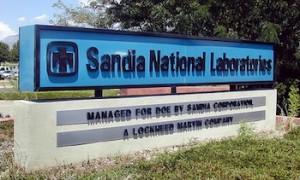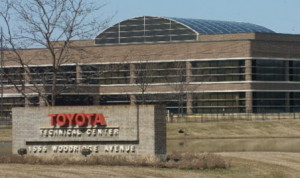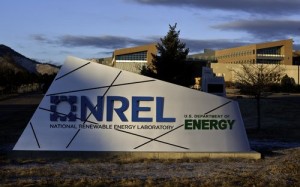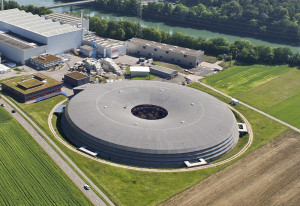 ECS is excited to announce the launch of a new pilot program for ECS student members at the 228th ECS Meeting in Phoenix, AZ, October 11-15, 2015.
ECS is excited to announce the launch of a new pilot program for ECS student members at the 228th ECS Meeting in Phoenix, AZ, October 11-15, 2015.
As a student aide you will work closely with the ECS staff and gain first-hand experience in what it takes to execute an ECS biannual meeting. Take advantage of the opportunity to network and engage with meeting attendees, symposium organizers and ECS staff while learning how registration operates, technical sessions run and how major meeting programs are facilitated.
Interested in participating within this program? Click here to fill out your application today!
Please note, the deadline to apply is September 2nd, the selected candidates will notified by September 4th.
Benefits include a unique behind the scenes experience, networking opportunities, discounted Phoenix meeting registration, an ECS shirt and a certificate of participation! For more information or questions regarding the application process please contact beth.fisher@electrochem.org.
We look forward to seeing you in Phoenix!





